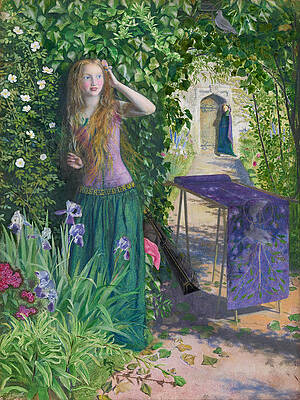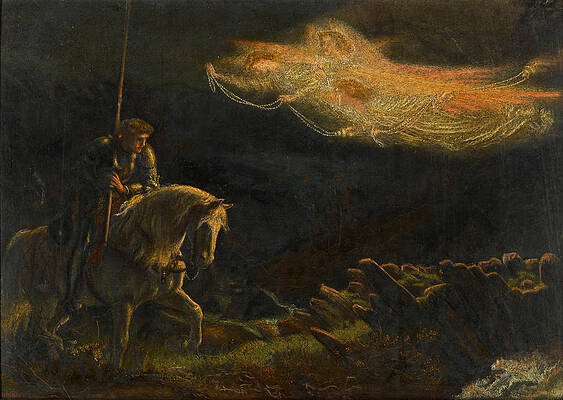Arthur Hughes
Paintings
Uncertainty
Fair Rosamund
An Ayrshire Glen
Poll the Milkmaid
Study for Sir Galahad. The Quest for the Holy Grail
Sunday

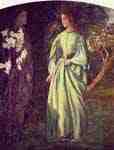
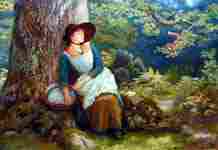
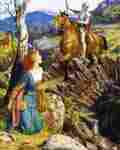
Overthrowing of the Rusty Knight
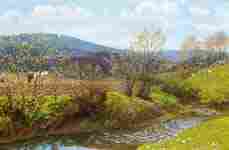
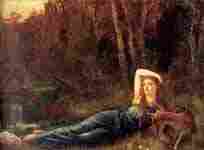

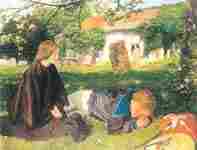
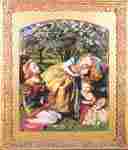



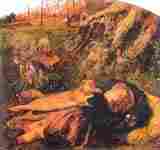
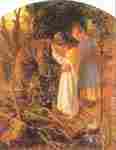
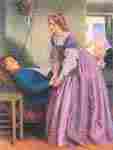
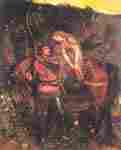
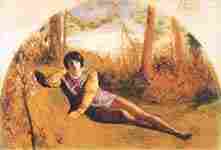
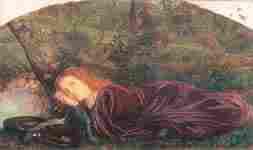
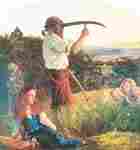
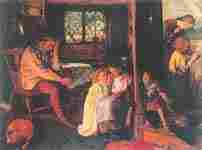



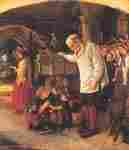
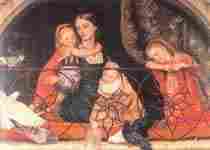
Mrs James Leathart and Children

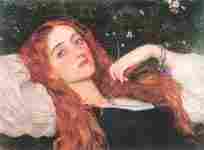
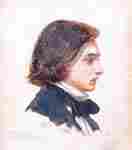


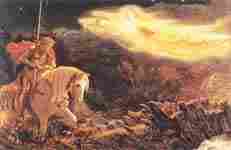
Sir Galahad - the Quest of the Holy Grail
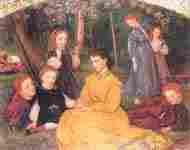

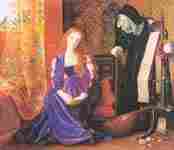
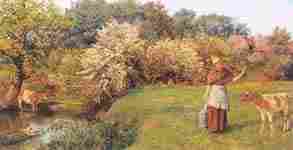
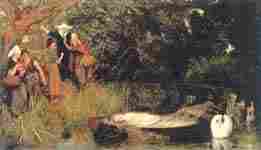
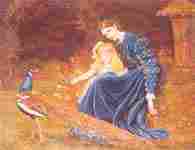
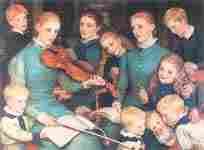
A Christmas Carol at Bracken Dene
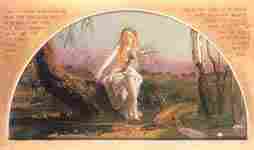
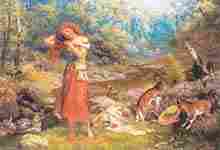
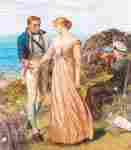
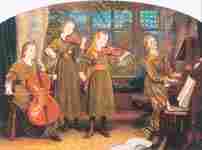
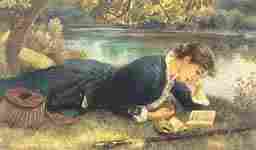

Portrait of William Bell Scott


Little one who straight has come Down the Heavenly Stairs

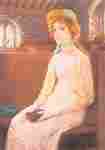
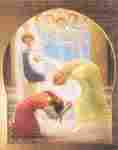
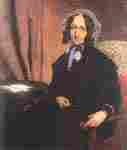

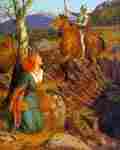
Overthrowing of the Rusty Knight
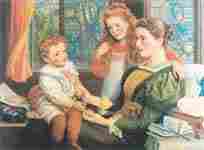


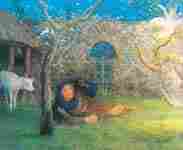
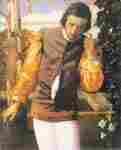


Edward Robert Hughes as a Child
Fine Art Prints | Greeting Cards | Phone Cases | Lifestyle | Face Masks | Men's , Women' Apparel | Home Decor | jigsaw puzzles | Notebooks | Tapestries | ...
Arthur Hughes (27 January 1832 – 22 December 1915), was an English painter and illustrator associated with the Pre-Raphaelite Brotherhood.
Biography
Hughes was born in London. In 1846 he entered the art school at Somerset House, his first master being Alfred Stevens, and later entered the Royal Academy schools. Here he met John Everett Millais and Holman Hunt, and became one of the Pre-Raphaelite group of painters. His first picture, Musidora, was hung at the Royal Academy when he was only 17, and thenceforth he contributed almost annually not only to the Royal Academy but later also to the Grosvenor and New Gallery exhibitions.[1]
In 1855 Hughes married Tryphena Foord, his model for April Love. Hughes died in Kew Green, London in 1915, leaving about 700 known paintings and drawings, along with over 750 book illustrations. Following the death of Tryphena Hughes in 1921, their daughter Emily had to move to a smaller house. There was, therefore, a shortage of space. As a result she had her father’s remaining preparatory sketches, and all his private papers and correspondence, destroyed. He was the uncle of the English painter Edward Robert Hughes.
Works
His best-known paintings are April Love and The Long Engagement, both of which depict troubled couples contemplating the transience of love and beauty. They were inspired by John Everett Millais's earlier "couple" paintings but place far greater emphasis on the pathos of human inability to maintain the freshness of youthful feeling in comparison to the regenerative power of nature.
Like Millais, Hughes also painted an Ophelia and illustrated Keats's poem The Eve of St. Agnes. Hughes's version of the latter is in the form of a secular triptych, a technique he repeated for scenes from Shakespeare's As You Like It. His works are noted for their magical, glowing colouring and delicate draughtsmanship.
The beautiful oil portrait Springtide, first exhibited in Dublin in 1855, features his wife Tryphena.
Hughes was in close contact with the writer George MacDonald and illustrated some of his books, as well as producing numerous illustrations for Norman MacLeod's monthly magazine, Good Words.
See also
List of Pre-Raphaelite paintings - includes catalogue of Arthur Hughes' work with links to individual painting's articles.
List of British painters
Notes
One or more of the preceding sentences incorporates text from a publication now in the public domain: Chisholm, Hugh, ed. (1922). "Hughes, Arthur". Encyclopædia Britannica (12th ed.). London & New York.
---
Fine Art Prints | Greeting Cards | Phone Cases | Lifestyle | Face Masks | Men's , Women' Apparel | Home Decor | jigsaw puzzles | Notebooks | Tapestries | ...
---
Artist
A - B - C - D - E - F - G - H - I - J - K - L - M -
N - O - P - Q - R - S - T - U - V - W - X - Y - Z
Retrieved from "http://en.wikipedia.org/"
All text is available under the terms of the GNU Free Documentation License



